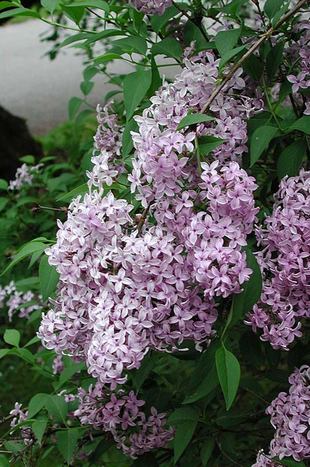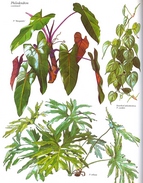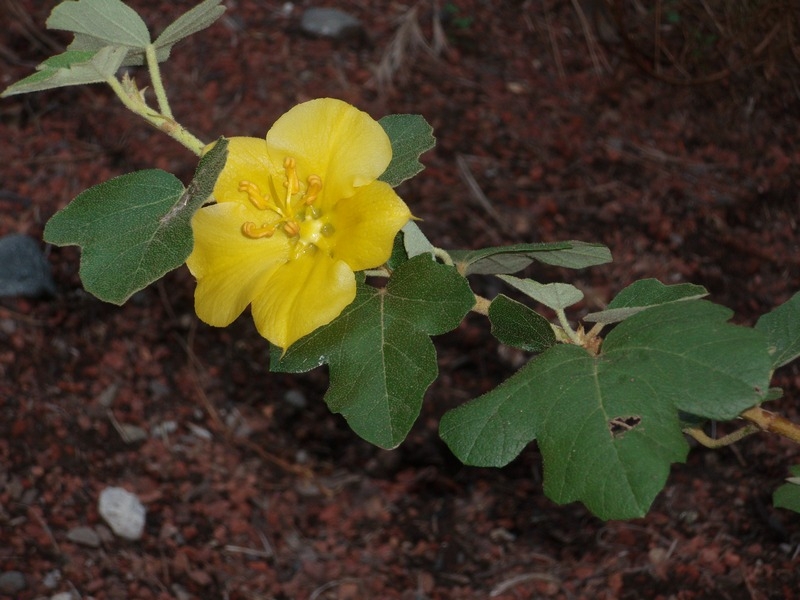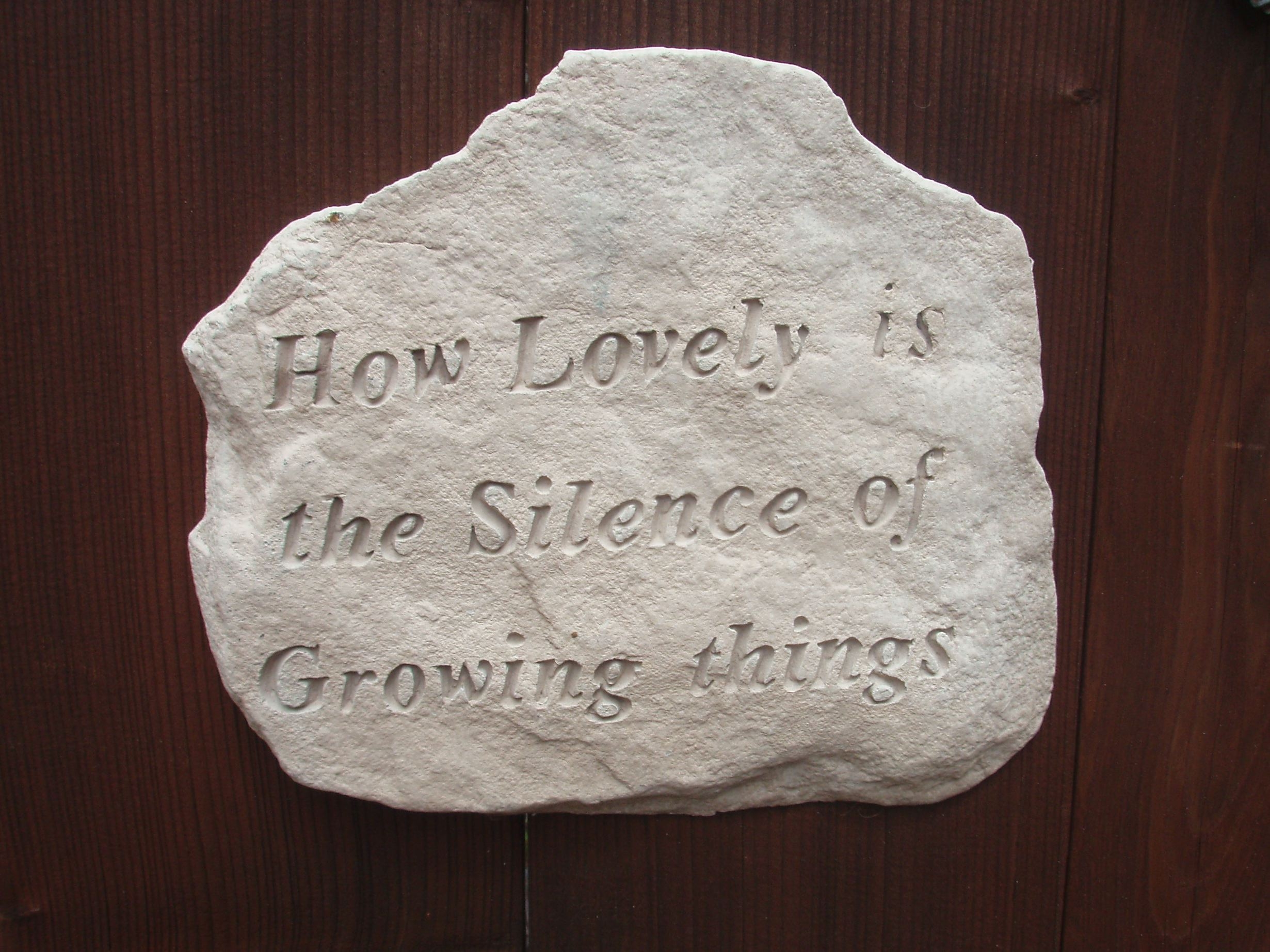At first glance, bare root trees, shrubs , vines and berries don’t look very inspiring. It’s hard to imagine that those dormant branches harbor a bounty of fruits, flowers and vegetables. It can all be yours, however, by planting from bare root stock now available in nurseries.
What exactly are bare root plants and why do they make a good choice when you want to add to your garden? Bare root plants are carefully dug up at growing grounds with their roots bare, meaning that most of the dirt around the roots has been removed. One of the largest growers harvests 2 million bare root plants i
n a 30 day period, usually in December.
One of the primary advantages of bare root plants is that they tend to have an extensive, well developed root system as a result of being allowed to develop normally. When the trees are handled well, the root system is left intact, and the tree, shrub, vine or berry will have a better chance of rooting well and surviving when planted. Bare roots don’t have to adapt to any differences between container soil and your garden’s. Bare root trees are also cheaper to ship because the lack of a dirt ball makes them much lighter, and this lightness makes them easier to handle, too.
Shop for your plants in January or February while they are still dormant. Once leaves emerge or flower buds start to swell your tree or shrub’s roots have already started growing and they won’t do as well. With this in mind be wary of spring sale bareroot stock. Also trees or shrubs in packages may have had their roots pruned to fit inside or the packaging material may have dried out or become soggy. Better to see the roots for yourself before you bring your new addition home.
The age of bare root trees and shrubs varies. Generally they are between a two and three years old. You will not be able to see much when you purchase a bare root plant, as it will be leafless since it is in a dormant state, but in the spring, it will come to life and transform the garden.
There are several steps to planting bare root trees. It’s important to plant your new arrival soon after you bring it home to insure the roots do not dry out. If you’re unable to plant right away, lay it down and cover with moist soil or compost. When you’re ready to plant, first trim any roots that are broken with sharp pruners. Broken roots can rot but cleanly cut ones will heal and grow. Then soak the plant in a tub of water for an hour , while you prepare the soil for planting. Loosen the soil in a wide radius around the area where you plan to plant. Then, dig a big hole much larger than the root ball of the plant and as deep as needed to accommodate the roots so that the roots will have room to stretch out, rather than being compressed in the planting process.
Next, wrangle an assistant if you are planting a large tree, shrub or vine like a wisteria. While one of you holds the plant in the hole, making sure that if it has a graft this is above the level or the soil. The other should gently shovel in dirt, trying not to pack it down too hard. You want the soil to be loose enough to filter down among the roots. Make sure that the assistant holds the tree straight and in such a way that the roots are suspended in the hole, rather than pressed against the bottom. If your soil is extremely sandy or clayey amend it with 20% compost.
As you shovel in soil, make sure that the roots are spread well apart. Fill the hole halfway, gently shake the plant up and down to let soil sift down, then tamp lightly and fill the rest of the hole. The soil should fill in the air spaces around the roots and when you water it in the first time, use lots of water to eliminate the air pockets and settle the soil. Making a watering ring around the plant makes watering easier and you’re assured that the root zone is thoroughly watered. When the planting is finished, mulch the tree, leaving a few inches of unmulched soil around the trunk. Don’t water again until the soil is dry an inch or two down. Winter rains hopefully will take care of this for you for a long time. Dormant plants need much less water than actively growing ones and their roots develop poorly in soggy soil.
Only stake your new tree if you live in a windy area. A trunk will attain a larger diameter if it’s allowed to move slighly in the wind. Usually it’s not necessary to prune a young tree much while it is trying to grow new roots. Trimming a long branch or leader by a third is OK if necessary. You can start limbing up a shade tree after a couple of years if you wish.
There are many fruiting , flowering and shade trees to choose from. Also shrubs like roses, lilacs and pussy willows are available bare root. Wisteria vines are especially easy to plant bare root as are . Don’t miss this opportunity to add to your garden’s bounty.



